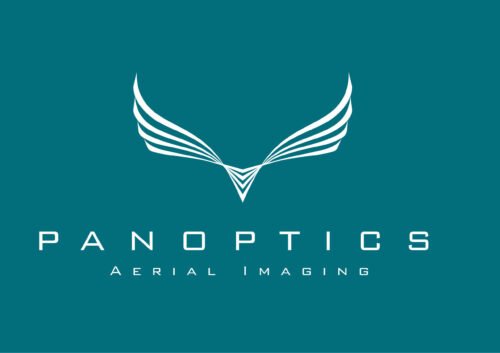Aerial imaging has become an increasingly popular technology in recent years, revolutionizing various industries and providing valuable insights from a unique perspective. By capturing images and data from above, aerial imaging offers a range of applications across sectors such as agriculture, construction, real estate, and environmental monitoring.
What is Aerial Imaging?
Aerial imaging, also known as aerial photography or remote sensing, involves capturing images and data from an elevated perspective using drones, satellites, or aircraft. These platforms are equipped with high-resolution cameras and sensors that can capture detailed images and collect data from a bird’s-eye view.
The images and data collected through aerial imaging provide a comprehensive view of large areas, allowing for detailed analysis and decision-making. Aerial imaging can capture both still images and videos, enabling professionals to monitor changes over time and make informed choices based on accurate and up-to-date information.
Applications of Aerial Imaging
Aerial imaging has numerous applications across various industries:
Agriculture
In agriculture, aerial imaging can help farmers monitor crop health, identify pest infestations, and optimize irrigation. By analyzing aerial images, farmers can detect early signs of stress or disease in crops, allowing for targeted interventions and improved yields.
Construction
In the construction industry, aerial imaging is used for site planning, progress monitoring, and surveying. Aerial images provide a comprehensive overview of construction sites, allowing project managers to track progress, identify potential issues, and make data-driven decisions.
Real Estate
Aerial imaging is increasingly used in the real estate industry to showcase properties from a unique perspective. High-quality aerial photos and videos can capture the surrounding landscape, proximity to amenities, and overall property layout, providing potential buyers with a more immersive and detailed view.
Environmental Monitoring
Aerial imaging plays a crucial role in environmental monitoring and conservation efforts. It can be used to assess deforestation, monitor wildlife populations, track changes in land use, and identify areas at risk of natural disasters. Aerial images provide valuable data for researchers and policymakers to make informed decisions regarding environmental protection and conservation.
Benefits of Aerial Imaging
Aerial imaging offers several benefits compared to traditional ground-based methods:
Cost and Time Efficiency
Aerial imaging allows for the collection of large amounts of data in a relatively short period. It eliminates the need for manual data collection, reducing costs and saving time for businesses and professionals.
Accuracy and Detail
Aerial images provide a high level of accuracy and detail, allowing for precise analysis and decision-making. The high-resolution cameras and sensors used in aerial imaging capture fine details that may not be visible from the ground, enabling professionals to identify subtle changes and patterns.
Safety
Aerial imaging eliminates the need for personnel to physically access hazardous or hard-to-reach areas. Drones and satellites can capture images and data from dangerous environments, reducing the risk to human life and ensuring safety during data collection.
Conclusion
Aerial imaging has transformed various industries by providing a unique perspective and valuable insights. From agriculture to construction, real estate to environmental monitoring, the applications of aerial imaging are vast and diverse. With its cost and time efficiency, accuracy, and safety benefits, aerial imaging is set to continue revolutionizing industries and driving innovation in the years to come.
